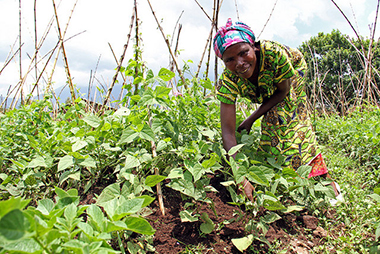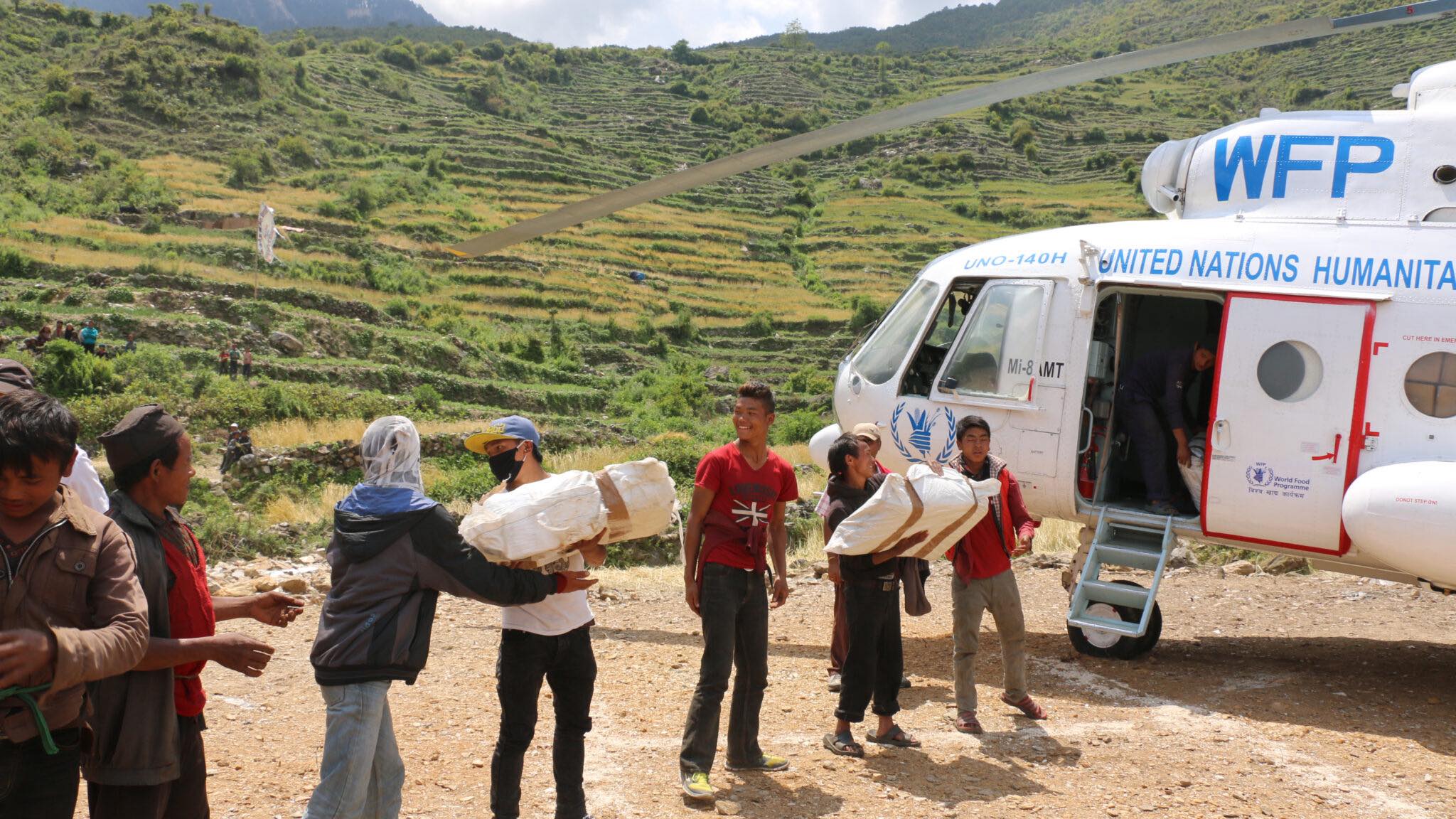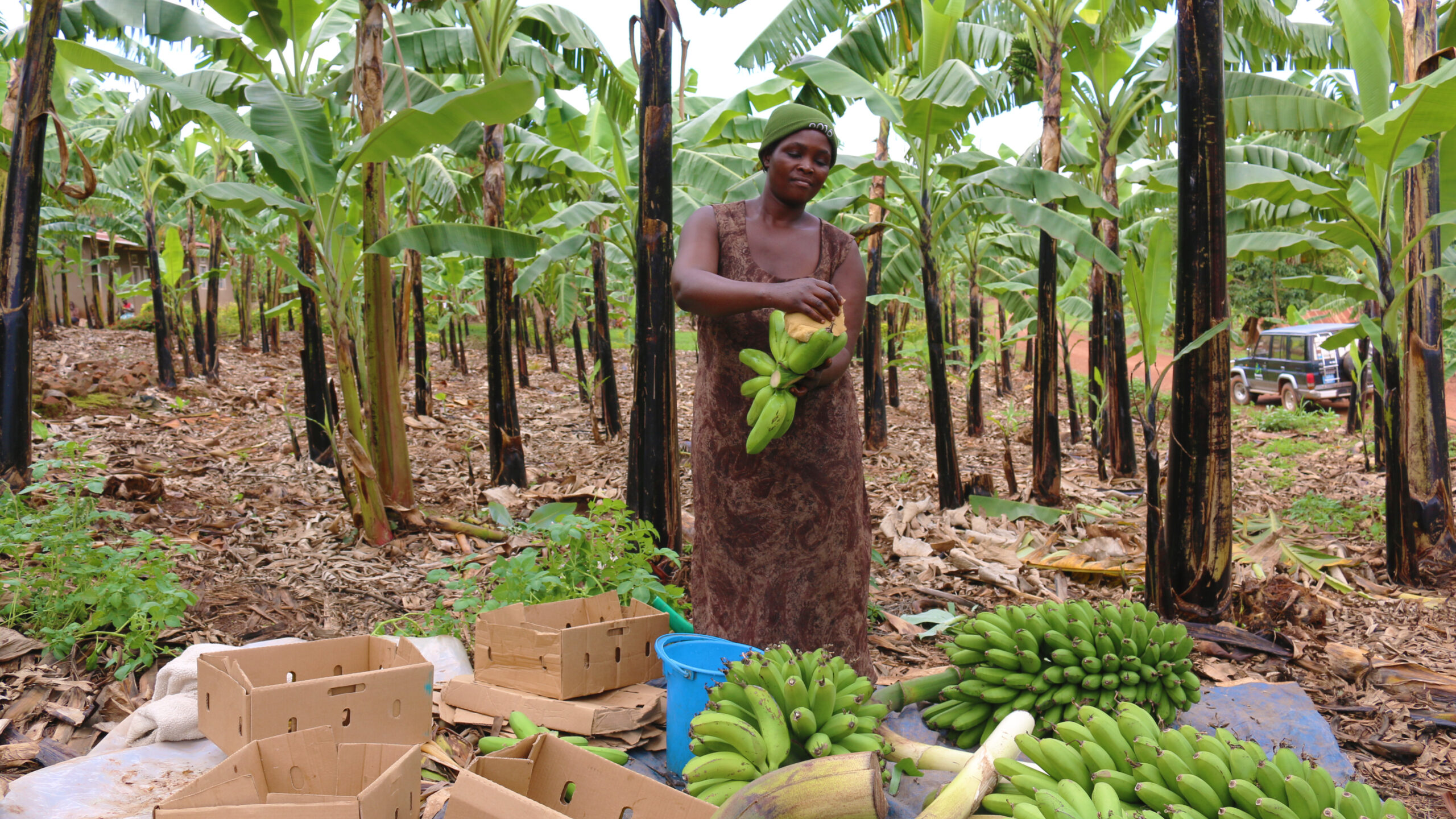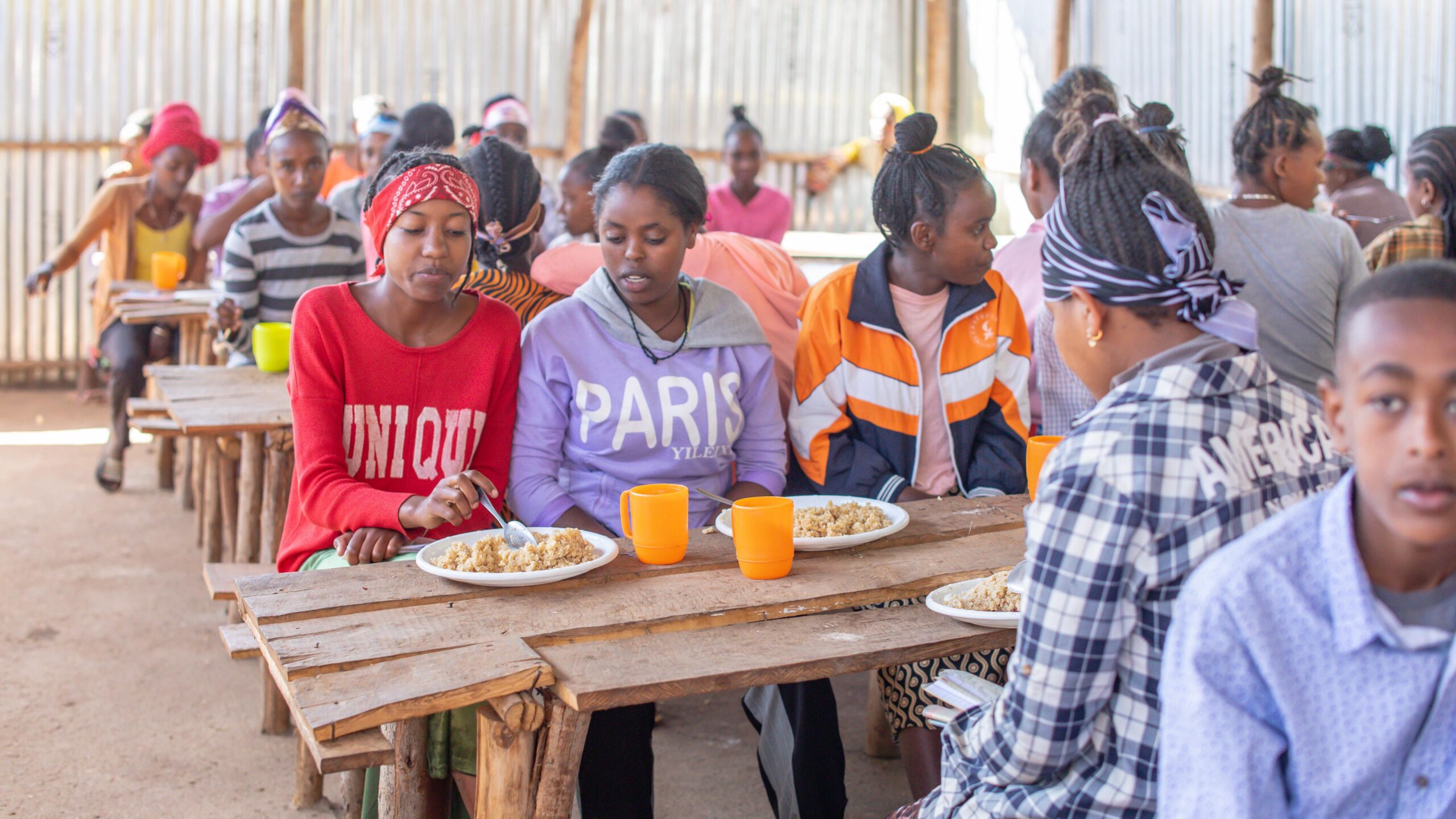The following story was originally published on the CGIAR Research Program on Agriculture for Nutrition and Health (A4NH) website.
Platforms for collective goals
Periodically, the African Union (AU) releases declarations by the Heads of AU Member States on national commitments towards collective goals. That is—coordinated efforts by individual African nations towards common development goals for the continent and its regions.
Against this background, the Comprehensive Africa Agriculture Development Programme (CAADP) was started based on the Maputo Declaration of 2003. CAADP is an Africa-wide program under the New Partnership for African Development (NEPAD).
Mainstreaming nutrition
Towards the end of CAADP’s first decade, momentum was finally building to mainstream nutrition at national levels, thanks in large part to FAO and NEPAD’s spearheading and support by many other development partners. The goal of mainstreaming nutrition was to incorporate nutrition into National Agricultural Investment Plans, which would feed into the development of national roadmaps for implementation. At the same time, the Scaling Up Nutrition (SUN) movement included nutrition-sensitive agricultural interventions (that is, indirect actions which address the underlying determinants of nutrition) as integral components to addressing nutrition challenges.
A huge milestone
A decade after CAADP started, the Malabo Declaration explicitly provided specific nutrition targets and declared that Africa would use agriculture as a key strategy to address its nutrition security challenges. Just last month, a very significant milestone was reached. The new CAADP Results Framework was released, and, for the first time, it included nutrition indicators.
What does this mean for nutrition? How can it be leveraged to ensure that the agricultural development that takes place on the continent will result in much needed positive nutrition outcomes for both undernutrition and overnutrition?
Ambitious goals ahead
The Malabo declaration set ambitious targets for African nations: improve children’s nutrition status by reducing stunting to 10 percent and underweight to just 5 percent by 2025 with agriculture as a key strategy.
If we are to meet these goals, we will need to reach beyond just increasing agricultural production, to making actual improvements in the quality of diets. We need to monitor what is currently being done, and direct progress to ensure agriculture contributes to reaching these targets.
A critical component we cannot overlook is resources. Across the continent, there has been limited provision for human or financial resources and capacity for nutrition intervention within the agriculture sector. In other words, it was nobody’s particular job to ensure that agricultural activities address nutrition. Without direct accountability, how can it be done?
A clear mandate
By including nutrition indicators in the CAADP Results Framework, policymakers in the sector now have a mandate to allocate more resources, not only to track the given nutrition indicators, but also to plan and carry out program activities that would contribute to positive outcomes on these indicators.
Researchers and development partners, both nationally and internationally, should support the positive development of incorporating nutrition into the CAADP Results Framework to help generate and frame the much-needed evidence in a way that policymakers can use it to direct national and regional plans and programs.
CAADP has made important progress in its first decade. Nutrition is now clearly included in the newly released Results Framework and there are clear nutrition targets for policymakers and leaders to work towards. If we- as a development community- take advantage of this momentum, those targets are within reach. I look forward to much more collective nutrition activity within CAADP in its second decade.







